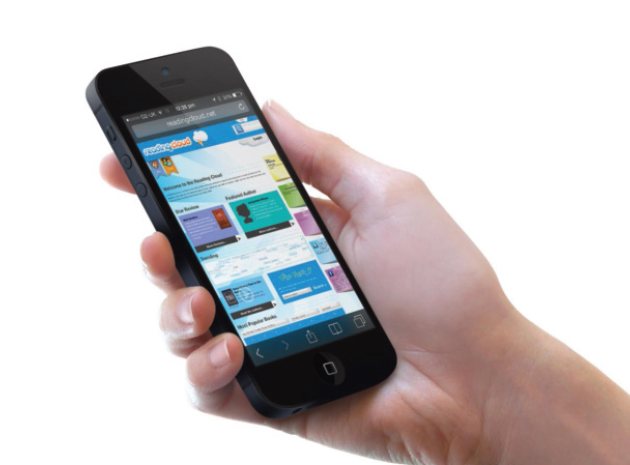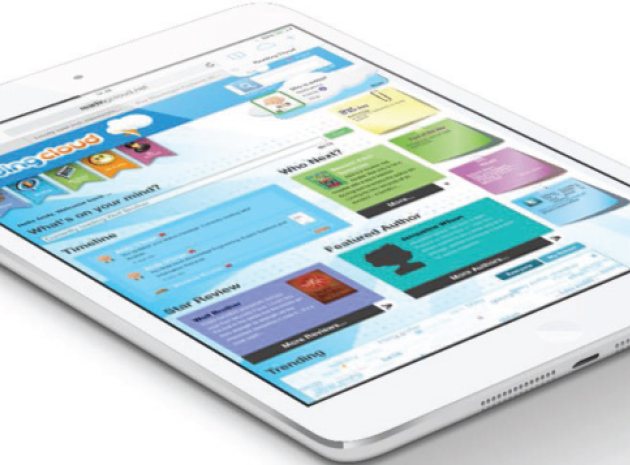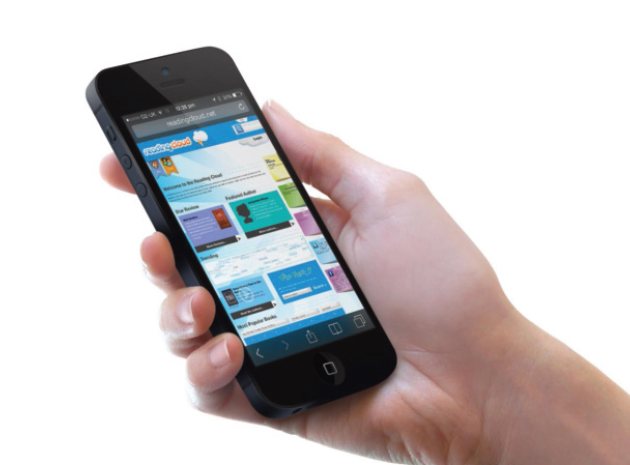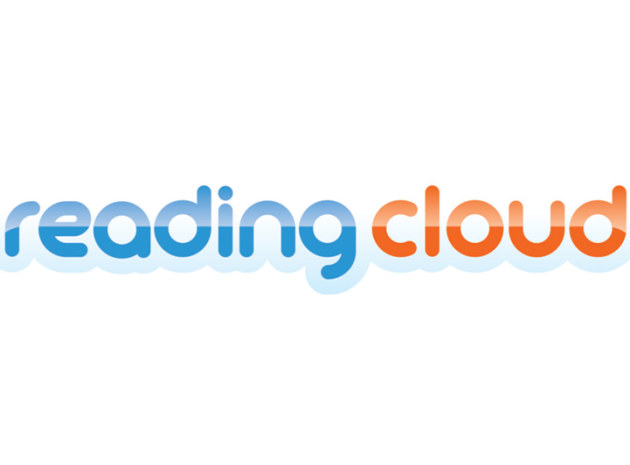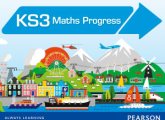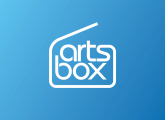Reading Cloud is a blockbuster of a new resource; it’s an online, cloud-based literary community that aims to encourage reading for pleasure – and if you dip your toes in the water and experience it for yourself I think you’ll find it does this with consummate ease. In fact, it’s hard to come up with a stronger resource than this for searching, reserving or downloading resources – not only from your school library but from across the cloud, too. You can chat online with fellow users about books and authors, blog about them, recommend resources, and write and record a video book review. Reading Cloud even lets you share your home library with friends. Clearly, it’s rather special.
Reading Cloud is attractive to look at – colourful, fresh, and friendly. The colours stand out for the right reasons, the fonts are clear and consistent, and the pages are easy to navigate and quick to load. Everything feels right. It has the feel of an established social media destination – funky and creative; in short, it’s a site learners won’t be embarrassed to say they are using.
Home Run
There is plenty to inspire on the Home Page, such as a Star Review segment, a Featured Author section, and Post-it style notelets that feature word of the day, fact of the day, news, and feeds from Twitter and Facebook. The brilliant Meet the Authors video link is a place to head to for seeing real-life authors in the flesh talking about their books, and if you want to find a particular author then Who’s Next? will help you. The Trending box contains words, authors and titles that are the most searched and at the foot of the page you will find a collection of the 100 most popular books to click on and read.
The big hitters on the home page, for me, are the author videos and the ‘most popular books’ reports. The former would be great for kick-starting a literacy lesson or inspiring a writing workshop; the Reading Cloud automatically selects a random author video each time it is loaded but you can access others from a huge list. Meanwhile, the most popular books section can be searched according to fiction and non-fiction, or gender-target, or new titles only. You can also specify whether you are looking for the most popular in your school or across the whole Reading Cloud community.
Of course the idea of reading a book on your tablet isn’t new – but this site enables students to feel part of a real reading community. It’s a meeting place, a sharing place, a creative space and a quiet corner if you want it to be. I wish my library service gave me the option to reserve a book, take a quiz, write a review, and watch an author video as well as make my own.
It’s not all about school though. Parents get a piece of the pie too, where they are able to take a peek at reading choices made by their young ones, track progress, join in discussions, access e-books and take pride in their child’s reviews, as well as find hints and tips from experts with useful links covering topics like bullying and schoolwork.
Personal touches
The home page is one thing but if you are logged on as a user then you’ll notice the screen changes to an interactive personal homepage with further features to enjoy. There is a popular What’s on Your Mind? box where you can post a short status message for others to see and there is a timeline that displays all your personal activity on Reading Cloud, a well as the activity of friends. The personalised Who’s Next? section contains suggestions based on previous reading activity.
I like the My Info area and so will pupils. It shows information on friends and their online status, notifications of friend requests, home library loan requests and the guaranteed-to-bea- hit instant chat option; Microlib has really tapped into the student world. The My Profile section hits the back of the net too, because it enables users to enter a mini-autobiography, create their own avatar and view books, authors and profiles that they have liked.
Blogging is popular and it’s also a great way to get students writing. With Reading Cloud, students’ blogs are protected from public access but can be viewed by other users. Users can also add their own personal collection of books/DVDs/games to their Reading Cloud account so others can request to borrow them. Finally, surely one of the finest features on offer is the option not only to write a book review but record it as a video too. Once one student starts, watch the snowball effect as creativity is inspired to new heights


